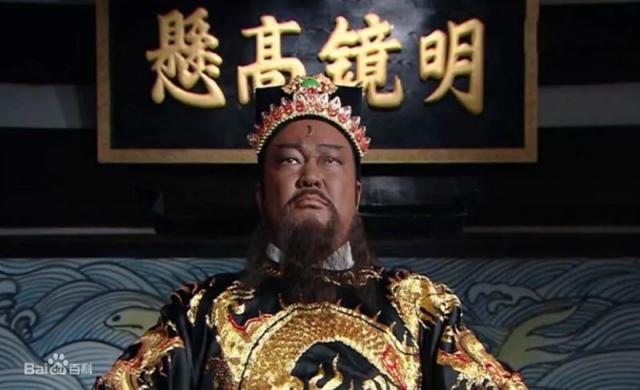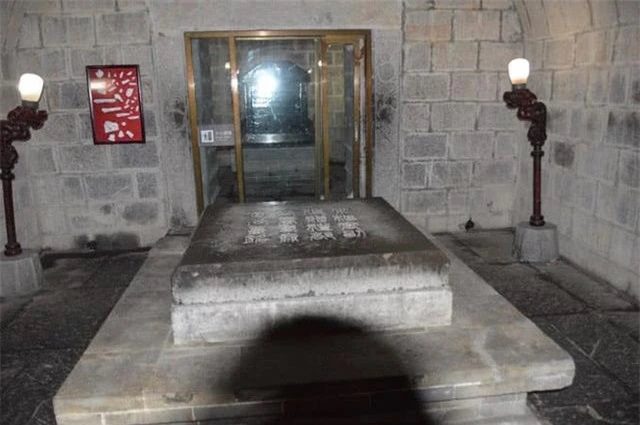Bao Gong, also known as Bao Thanh Thien, is a name that has become widely recognized due to the popularity of the Chinese television series depicting his life. He is a prominent figure in Chinese history.
His real name was Bao Zheng (999-1062), and his courtesy name was Xi Ren. In 1027, Bao Gong was promoted through various positions, starting from the county magistrate of Tianzhong, later becoming the prefect of Duanzhou, eventually holding the position of deputy minister under the Northern Song Dynasty (960 – 1127).
The highest position he held in the local government was that of Chief Judge, equivalent to a modern-day Minister of Justice.

In various cultural works, including literature and film, Bao Gong is particularly well-known for his role as a judge in Kaifeng. In reality, he held this position for only about a year. However, during this time, public safety in Kaifeng improved significantly, leading to a lasting legacy.
His funeral arrangements included 21 coffins, which left the public astonished and puzzled about the final resting place of this esteemed official, which remained a mystery for more than 800 years. The story of his integrity and burial site has captured the attention of generations of Chinese people.
21 Coffins in the Funeral
According to historical records, on the day of Bao Zheng’s funeral, up to 21 large coffins were carried out of the city, causing an uproar among the citizens.
The large number of coffins suggests that the local authorities either wanted to preserve their traditions or honored someone of significant importance.
Reports indicate that Bao Zheng was bedridden for a month before his passing at the age of 64, a relatively old age for that time. His death prompted a wave of mourning throughout the dynasty. Emperor Song Zhenzong even ordered a day of national mourning to honor him.
On the day of his funeral, when the 21 coffins were taken out of the city, the people could not distinguish which coffin belonged to Bao Zheng. This was part of a plan to protect Bao Zheng’s legacy.
Many theories have been proposed regarding this decision, with the most common reason being an attempt to avoid retribution from potential enemies.

Everyone knows Bao Zheng as a man of justice, often facing challenges from various officials in the dynasty. Due to his integrity and courage, he even confronted Emperor Song Zhenzong on several occasions.
Almost everyone who had dealings with Bao Zheng has regarded him as a legendary figure, often associating him with the concept of justice and fairness.
In addition to his reputation as an honest judge, Bao Zheng’s legacy continues to resonate throughout China, as his story is a prominent part of the cultural fabric.
Following his passing, many attempts were made to locate his burial site, particularly by those interested in seeking out treasures associated with him.
Despite Bao Zheng’s status as an incorruptible official, the secrecy surrounding his burial site has led to various speculations about the treasures he may have left behind.
After Bao Zheng was buried, the exact location of his resting place was lost to time, while the 20 remaining coffins were later reclaimed by the government and returned to the impoverished citizens.
Due to Bao Zheng’s legendary status, the subsequent search for his burial site led to the establishment of a rule prohibiting the disturbance of his resting place.
The True Burial Site and Ongoing Controversy
Although the 21 coffins were used to obscure the truth of Bao Zheng’s burial, many people remain unaware that Bao Thanh Thien was actually buried in An Hui Province.
Before 1973, the provinces of Anhui and Jiangxi had a fierce dispute over the rightful resting place of Bao Zheng. Both sides vehemently claimed their territory held the true remains of Bao Zheng.
Only in 1973, when Bao Zheng’s burial site was discovered, did this long-standing debate come to a resolution.
In the spring of 1973, a steel factory in Anhui Province began clearing land to expand its facilities. During this process, they stumbled upon the graves of Bao Zheng.

In 2004, Bao Zheng’s burial site was officially recognized as a cultural heritage site by the local government. Today, this location has become a popular tourist destination, attracting countless visitors each year who come to admire the legacy of this esteemed official: “A just ruler, with two upright hands.”
Source: Sohu















